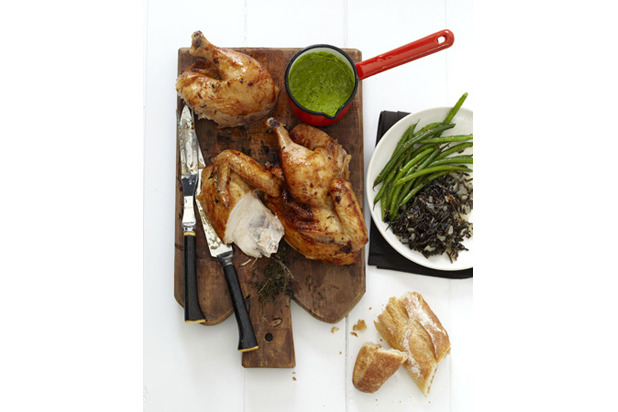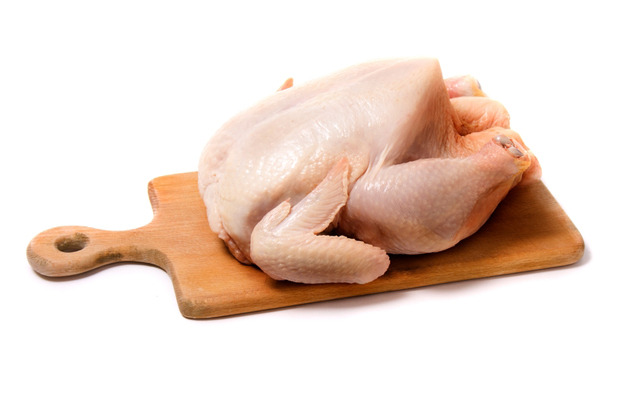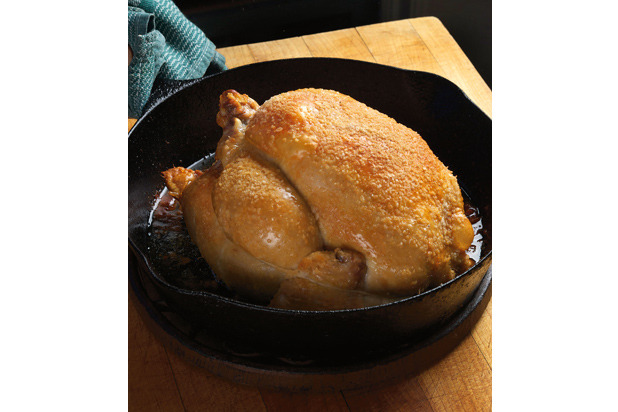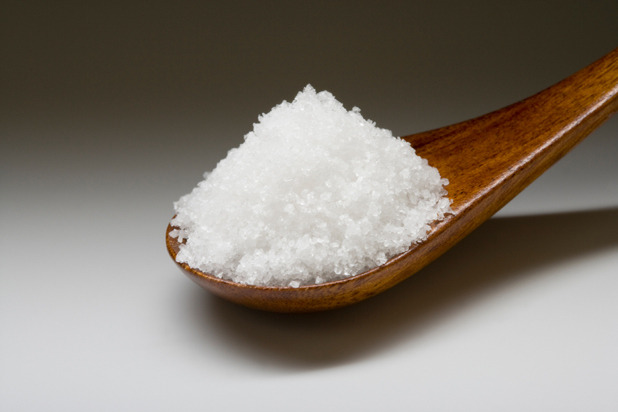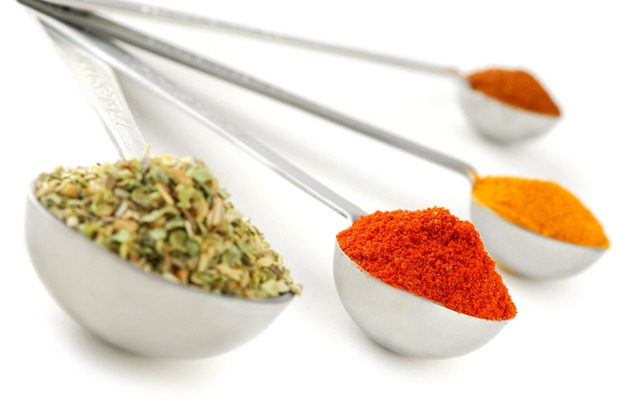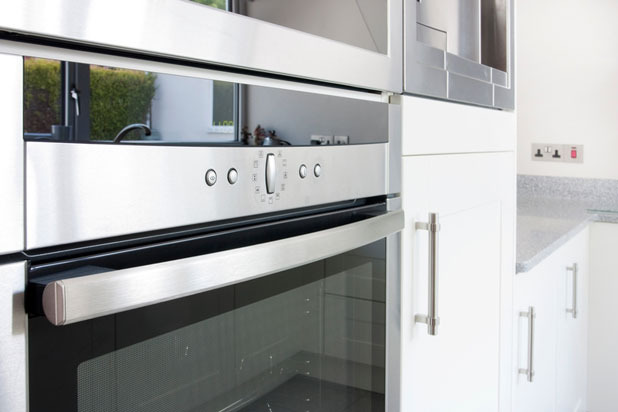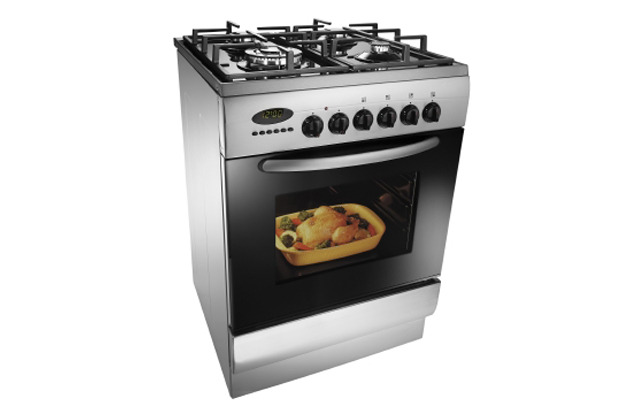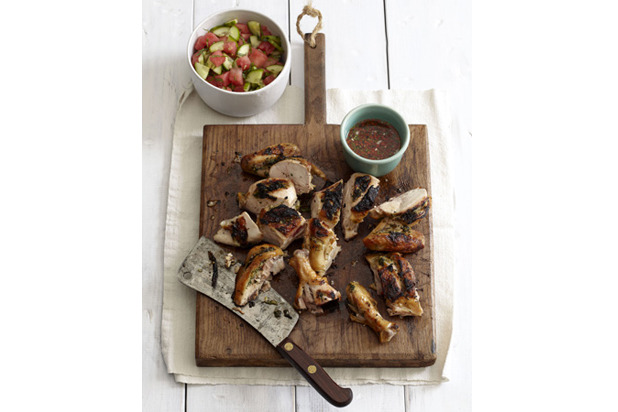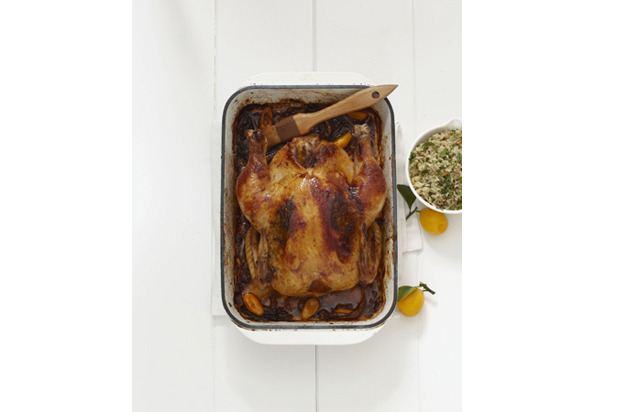How To Roast The Perfect Chicken
First, LeFavour recommends buying a good quality chicken, one that is organic or antibiotic free (see the next slide for more info). Second, after rinsing the bird make sure to dry it off well and then give it a good rub with oil or butter and blast it at a high temperature (like 450 degrees) for a super-crispy skin. But — here's the clincher — don't overcook the bird. As she puts it, "In a perfect world, the breast should be just 160 degrees. and the thigh should be 170 degrees. (This is why the breast is often overcooked, because you need to get the thigh to a higher temperature.)"
Click here to see the Crispy Roast Chicken recipe pictured at left.
The Best Type of Bird to Buy
LeFavour prefers certified organic, human-certified, and antibiotic-free birds. While they are smaller and more expensive than the giant roasters in the supermarket cooler, they have great flavor. She writes, "Don't be fooled by the words 'Natural' or 'USDA Process Certified.' They don't mean a thing. After all, you don't really want to eat a bird thats raised on antibiotic-laced feed in a crowded, dusty warehouse, do you?"
Do You Need to Truss?
While LeFavour admits that trussing looks pretty and professional, it isn't really necessary. She explains that it actually slows down the cooking of the thighs, which need to reach a higher temperature than the breast to look and feel "done." Alternatively, you could stuff the bird with a lemon or something else that would achieve a similar purpose to trussing.
Get the Chill Off the Chicken
Before you season the bird, one of the most important things to do, LeFavour says, is to take it out of the refrigerator, dry it off, and rub it down with butter or oil and a good amount of salt. If you want to transfer some salt into the flesh, she recommends brining the bird 24 hours before cooking with a few herbs, peppercorns, a pinch of sugar, and plenty of salt.
The Perfect Canvas
The beauty of a chicken, as chicken lovers the world round will tell you, is that it goes with just about anything. With that said, LaFavour is a huge fan of fresh herbs — chopping them up and scattering them on a carved chicken before serving. She likes to mix tarragon, parsley, and thyme, but, for an Asian approach, recommends a mix of mint and cilantro, which is surprisingly delicious. Of course, almost every spice pairs well with chicken, she says.
The Ideal Roasting Temperature
This appears to be a general consensus among pro chicken roasters (see Michael Ruhlmans recipe); 450 degrees is best. LeFavour likes to blast the bird, which is perfect for a 3- to 5-pound chicken. She does note that for a really big bird, you'll probably have to turn down the oven to finish it.
To Rotate or Not to Rotate
A big tip of many chefs, bakers, and cookbook authors is to "know your oven." This means knowing if there are "hot" or "cold" spots in the oven and if the oven temperature is accurate. (It might be programmed to be at 350 degrees, but the temperature inside could actually be 300 or 400 degrees.)
LeFavour's response is similar; she says that it depends entirely on your oven. If your oven is uneven, then feel free to rotate the chicken during the cooking process.
Quartering or Spatchcocking (Butterflying) Chickens
While you can grill or roast a whole bird and then use a cleaver to chop it up, LeFavour says that sometimes it's just really fun to hack up a whole bird. She calls for just that in her recipe for Gai Yang with Bird's-Eye Chile Dipping Sauce (pictured at left).
In general, though, LaFavour thinks that cooking chicken in pieces is better because the breast cooks so much faster than the thighs and legs. "Timing is everything!"
Essential Tools
LeFavour prefers a big, cast-iron frying pan for roasting chicken. Another tool thats helpful is an instant-read thermometer so you can make sure that your chicken reaches the 160-degree mark (indicating that it's done and safe for you to eat). The thermometer is also great for sticking in the deepest part of the thigh so you can remove the bird when it reaches 165 to 170 degrees. (While the thigh and leg are safe to eat at 160, they won't feel or look done until 170 degrees.)
Dry Braising
Another favorite technique of LaFavour's for cooking chicken is dry braising. For instance, in her Roast Chicken with Kumquats recipe, the chicken is cooked uncovered with liquid. This method speeds up the cooking of the dark meat (which needs to be at a higher temperature than the breast), while still resulting in super-crispy skin. "It's the best of all worlds — perfectly cooked, moist breast meat, crispy skin and perfectly done thighs and legs."
